Knox Unflavored Gelatin is a versatile cooking ingredient derived from animal bones and connective tissue. It is widely used to add texture and structure to both sweet and savory dishes. Known for its neutral flavor, Knox gelatin is perfect for desserts, sauces, and main courses; Each pre-measured envelope makes it easy to achieve the right consistency in recipes.
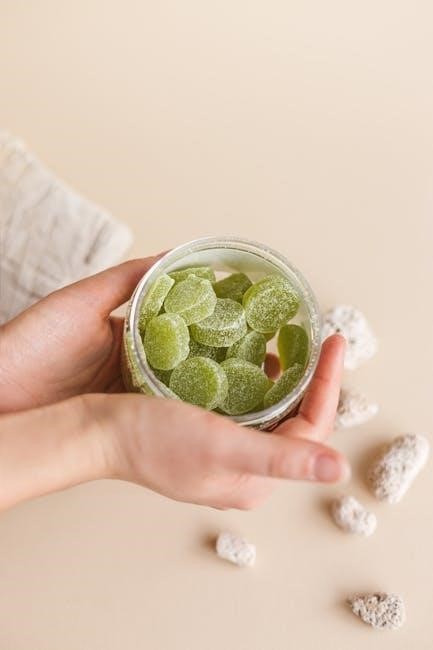
How to Cook Knox Gelatin
Cooking Knox Gelatin involves blooming it in cold water to soften, then dissolving it over low heat. This process ensures a smooth texture when mixed with other ingredients for recipes like desserts or sauces.
2.1 Step 1: Gather Ingredients and Equipment
Begin by collecting all necessary ingredients and tools. Ensure you have Knox Unflavored Gelatin packets, cold water, and any additional recipe-specific ingredients. Essential equipment includes a small bowl, measuring cups, and a saucepan for heating. Having everything ready streamlines the process and prevents delays. Proper preparation ensures smooth gelatin dissolution and even texture in your final dish.

2.2 Step 2: Bloom the Gelatin
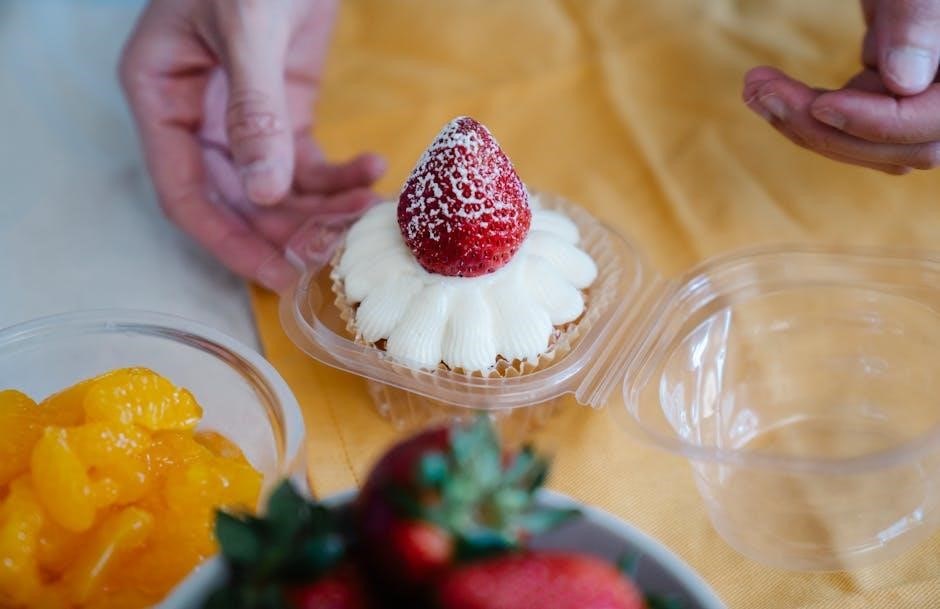
Blooming the gelatin is a critical step that ensures it dissolves evenly. In a small bowl, sprinkle one envelope of Knox Unflavored Gelatin over 1/4 cup of cold water. Allow it to sit for 1 to 2 minutes until it softens and absorbs the water, forming a gel-like texture. Avoid using hot water at this stage, as it can cause the gelatin to dissolve prematurely. If using multiple envelopes, maintain the same water ratio to prevent clumping. Blooming helps the gelatin dissolve smoothly in the next step, ensuring a consistent texture in your final dish. Once bloomed, the gelatin is ready to be dissolved over low heat or in the microwave, depending on your recipe’s instructions.
2.3 Step 3: Dissolve the Gelatin
After blooming, the next step is to dissolve the gelatin evenly. Place the bloomed gelatin mixture in a small saucepan over low heat, stirring constantly until the granules fully dissolve. This typically takes about 3-5 minutes. For convenience, you can also dissolve the gelatin in the microwave by heating it on high for 10-15 seconds, then stirring until smooth. Ensure the mixture doesn’t boil, as excessive heat can weaken the gelatin’s setting power. Once fully dissolved, the gelatin is ready to be incorporated into your recipe. Proper dissolving is essential for achieving a smooth, even texture in desserts, sauces, or other dishes. Avoid overheating to maintain the gelatin’s effectiveness in setting your final product.
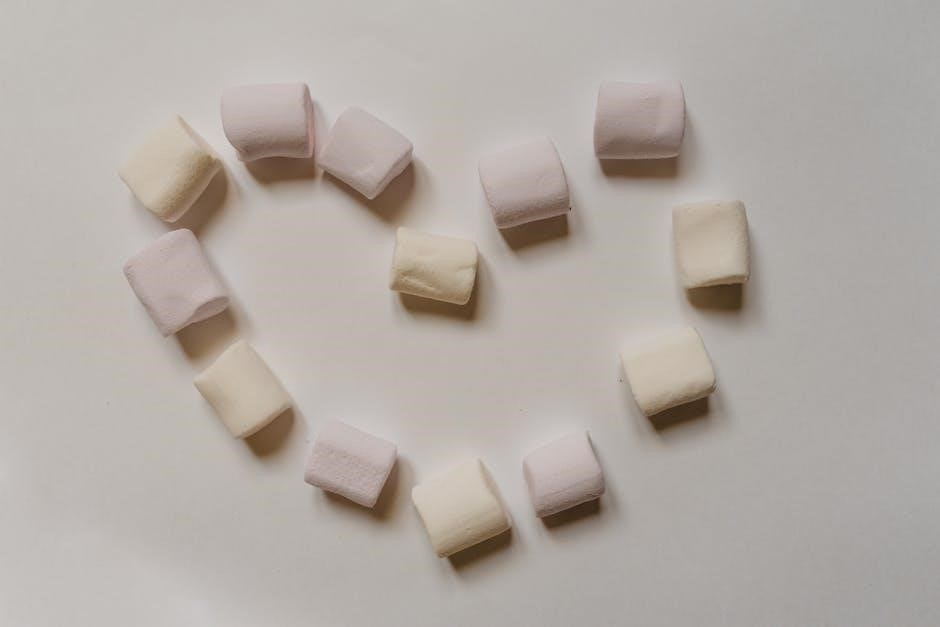
2.4 Step 4: Combine with Other Ingredients

Once the gelatin is fully dissolved, it’s time to incorporate it into your recipe. Gently pour the warm gelatin mixture into the remaining ingredients, such as sweetened liquids, fruit purees, or savory elements, while stirring continuously. This ensures an even distribution and prevents lumps from forming. If adding flavorings like vanilla or spices, now is the ideal time to mix them in. For desserts, combine the gelatin with sugary liquids or creams, while for savory dishes, blend it with broths or juices. Make sure the mixture is smooth and well-integrated before proceeding. Avoid introducing cold ingredients too quickly, as this can cause the gelatin to set prematurely. Once combined, the mixture is ready to be poured into molds, dishes, or other containers for chilling. Proper integration ensures the final dish has a consistent texture and flavor, whether it’s a dessert, a sauce, or a main course.
2.5 Step 5: Chill and Set the Gelatin
Pour the gelatin mixture into the prepared mold or dish and refrigerate at 39°F to 41°F (4°C to 5°C) to allow it to set. Most gelatin desserts will firm up in about 3 to 4 hours, but this time may vary depending on the size of the mold and the refrigerator’s temperature. Avoid disturbing the mixture during this time, as it can prevent the gelatin from setting evenly. Once set, the gelatin should feel firm to the touch and have a smooth, even texture. If using individual molds, gently unmold the gelatin by dipping the molds in warm water for a few seconds. For larger dishes, slice the gelatin into desired portions before serving. Proper chilling ensures the gelatin achieves the right consistency and texture for your recipe. Always refrigerate until fully set for the best results.
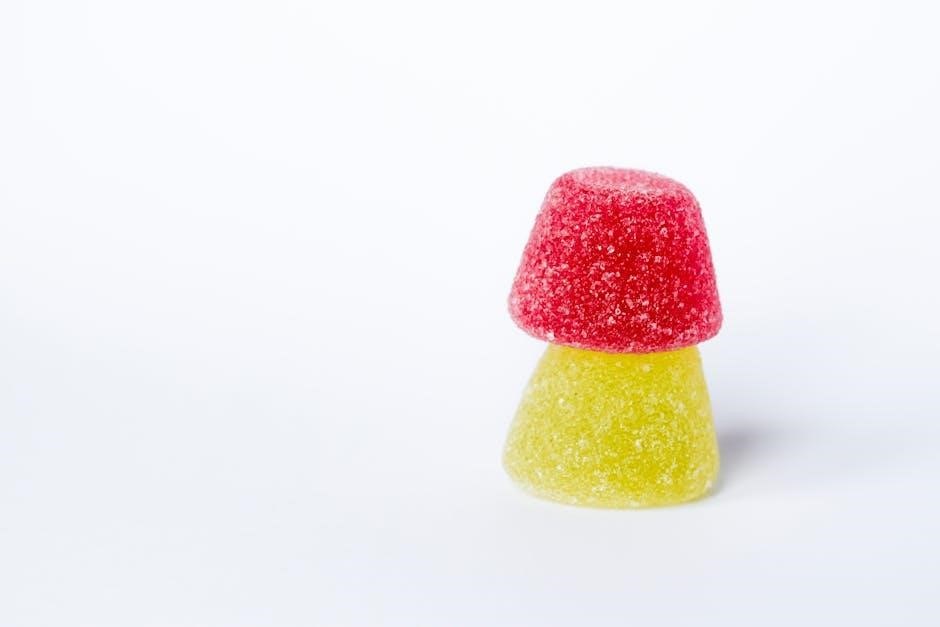
Applications of Knox Unflavored Gelatin in Cooking
Knox Unflavored Gelatin is a versatile ingredient for desserts, savory dishes, and snacks. It’s ideal for making jellies, mousses, and gummies, while also thickening sauces and stabilizing whipped cream. Perfect for both sweet and savory recipes.
3.1 Desserts and Sweet Treats
Knox Unflavored Gelatin is a cornerstone in creating delicate and visually appealing desserts. It excels in making jellies, mousses, and gummies, adding a smooth, jiggly texture that enhances both flavor and presentation. For instance, fruit-filled gelatin cups are a vibrant and refreshing dessert, while classic chocolate mousse benefits from gelatin’s ability to create a light, airy texture. Additionally, Knox gelatin is ideal for stabilizing whipped cream toppings, ensuring they hold their shape without weeping. Its versatility allows home cooks and professional chefs alike to craft intricate desserts with ease. Whether you’re making colorful fruit salads, layered parfaits, or creamy puddings, Knox gelatin ensures a perfect set and a delightful mouthfeel. It’s also a great base for homemade gummy candies, offering endless possibilities for flavors and molds. With Knox, dessert preparation becomes both fun and rewarding, delivering professional-quality results every time.
3.2 Savory Dishes and Main Courses
Knox Unflavored Gelatin is a valuable ingredient in savory cooking, offering a neutral base for enhancing textures and structuring dishes. It’s commonly used to make aspic, a classic savory jelly dish, where it sets flavorful broths and suspensions perfectly. Gelatin also excels in thickening sauces, soups, and stews without altering their flavor profiles. For instance, it can stabilize emulsions in sauces like hollandaise or add body to clear soups. Knox gelatin is particularly useful in preparing terrines and pâtés, helping them retain a smooth, even texture. Additionally, it’s a key component in savory mousses and vegetable-based dishes, providing a light, airy consistency. Its ability to set liquids makes it ideal for creating herbed consommés or layered savory gelatin dishes. Knox gelatin is also a great tool for low-carb or low-fat recipes, adding structure without extra calories. Whether you’re crafting elegant appetizers or hearty main courses, Knox gelatin offers versatility and precision, elevating savory dishes to new heights.
Tips for Working with Knox Gelatin
Working with Knox Unflavored Gelatin requires careful attention to ensure optimal results. First, always bloom the gelatin by sprinkling it over cold water or liquid, allowing it to soften for a few minutes before dissolving. This step prevents clumping and ensures even distribution. When dissolving gelatin, use low heat and stir constantly to avoid burning or forming lumps. For microwave use, dissolve the bloomed gelatin in short intervals, stirring between each heating to maintain smoothness. Measure accurately, as each envelope of Knox gelatin is designed to gel specific volumes of liquid. Avoid mixing gelatin with acidic ingredients like pineapple or kiwi without cooking, as this can weaken its setting properties. For clearer results, strain the dissolved gelatin mixture through a fine sieve before combining with other ingredients. Lastly, ensure the mixture cools slightly before refrigerating to prevent the growth of unwanted flavors or textures. Following these tips ensures a smooth, professional finish in both sweet and savory dishes.
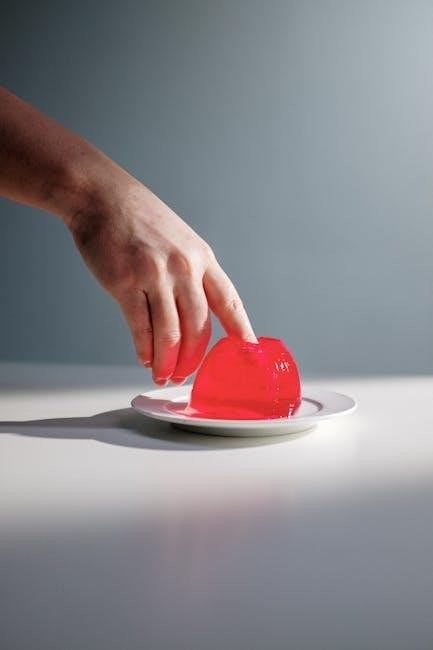
Common Issues and Solutions

When working with Knox Unflavored Gelatin, several common issues may arise, but most can be easily resolved with simple adjustments. One issue is clumping during blooming, which can be fixed by ensuring the gelatin is evenly sprinkled over cold liquid and allowed to soften fully before heating. If the gelatin does not dissolve completely, try gently reheating the mixture or microwaving in short bursts until smooth. Another problem is a too-firm or too-soft texture, which can be corrected by adjusting the ratio of gelatin to liquid in the recipe. For instance, using too much gelatin will result in a stiff texture, while too little may cause the mixture to remain runny. Additionally, if the gelatin mixture floats to the top of a dish, it may indicate insufficient cooling before refrigeration. To prevent this, allow the mixture to cool slightly and fully incorporate other ingredients before chilling. Addressing these issues ensures a smooth, even texture in your final dish.
Knox Unflavored Gelatin is a versatile and essential ingredient for both novice and experienced cooks. Its neutral flavor and ability to enhance texture make it a staple in desserts, savory dishes, and everything in between. By following the simple steps of blooming, dissolving, and combining with other ingredients, you can achieve professional-quality results. Whether you’re making jiggly desserts, thickened sauces, or creative snacks, Knox gelatin offers endless possibilities. With proper handling and attention to common issues like clumping or texture imbalances, you can master its use. Experiment with flavors, molds, and recipes to unlock its full potential. Knox Unflavored Gelatin is not just a cooking tool—it’s a key to unlocking creativity in the kitchen. With its ease of use and wide range of applications, it’s a must-have for anyone looking to elevate their cooking and baking skills.